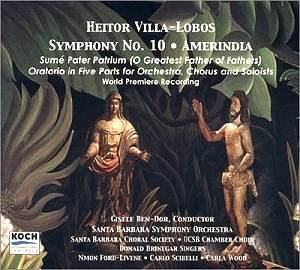 Composer: Olivier Messiaen
Composer: Olivier Messiaen
Works: Livre du Saint-Sacrament (1984)
Performers: Anne Page, organ
Recording: Recorded in Norwich Cathedral, February 2000
Label: Guild GMCD7228/9
Messiaen’s Livre du Saint-Sacrament, composed in 1984, stands as a testament to his deeply spiritual engagement with the Christian faith, expressed through an innovative harmonic language and intricate rhythmic structures. This late work, created only a few years before his death, embodies the composer’s mature synthesis of theological reflection and musical exploration, drawing on a broad palette of compositional techniques that reflect his earlier works while embracing a more emotionally direct expression. In this context, Anne Page’s performance, captured in the acoustically unassuming Norwich Cathedral, wrestles with both the profound depth of Messiaen’s vision and the limitations of its sonorous environment.
Page’s interpretation reveals a thoughtful engagement with the score’s emotional and spiritual demands. The opening movement, “Acte de foi,” is presented at a flowing tempo that allows the music’s expansive gestures to breathe. However, moments arise where the pacing feels excessively hurried; notably, the Puer Natus plainsong in the fifth movement suffers from a lack of gravitas, undermining the movement’s intended meditative quality. The contrast of these interpretation choices emphasizes a tension between the organ’s limitations and the composer’s intricate demands. While Page captures the essence of Messiaen’s intentions, the lack of registration colors found in classic French instruments diminishes the depth of expression that this music often requires.
The acoustic shortcomings of the Norwich Cathedral organ become especially pronounced in the cycle’s centerpiece, where the narrative of Christ’s appearance to Mary Magdalene unfolds. The richness of Messiaen’s harmonic language, particularly in the complex downward figures that evoke confusion and realization, is somewhat muted by an instrument that lacks the vibrant tonal spectrum essential for conveying the score’s emotional nuances. In contrast, Page’s interpretation of the closing movement, “Murailles d’Eau,” stands out as she maintains a steady pulse throughout. This control allows the dissonant waves of sound to accumulate effectively, culminating in a powerful conclusion that showcases both technical finesse and dramatic intent.
The recording quality itself presents challenges; the microphoning choices yield a distant sound that does not fully exploit the cathedral’s acoustic potential. This is particularly evident in the opening of “Institution de la Eucharistie,” where the initial beauty of the music is somewhat obscured. Comparatively, the reissued recordings by Jennifer Bate and Olivier Latry benefit from both superior instruments and engineering that capture the essential colors of Messiaen’s writing more fully. Page’s interpretation of “Prière après la Communion,” however, shines in its gentle expressiveness, evoking the adagio’s heart-stopping qualities with a restraint that is often missing in other performances. The slight imperfections in finger placement throughout the performance do not detract from the overall poignancy, suggesting a deeply human touch to this otherwise ethereal music.
This recording of Livre du Saint-Sacrament, while not without its artistic and technical shortcomings, offers a touching interpretation of Messiaen’s late work. Anne Page’s commitment to the score is evident, and her ability to navigate the complexities of the music is commendable, even if the instrument and acoustic choices limit the expression of its full potential. The performance is best appreciated through the lens of its historical context and the spiritual gravity that Messiaen imbued in his compositions. Overall, while it may not stand as the definitive recording of this profound work, it remains a valuable contribution to the ongoing engagement with Messiaen’s legacy.



